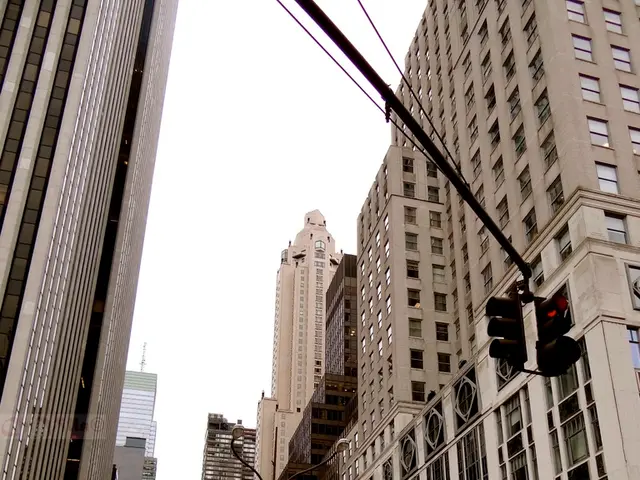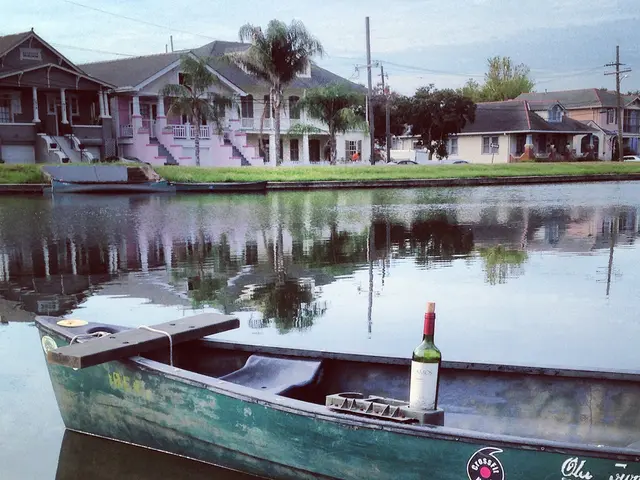Common Blunders in Travel Photography and Strategies to Steer Clear
Travel snaps are a fantastic way to preserve your vacation memories. From breathtaking landscapes to cultural phenomenon, they help you re-live the journey long after returning home. However, it's easy to end up with photos that feel dull or underwhelming. Whether you're a beginner using a smartphone or an experienced shooter with a DSLR, errors are often repeated. Here are six common travel photography pitfalls and ways to steer clear of them.
A Guide to Travel Photography: Avoid Common Mistakes
1. Being Too Dependent on Auto Mode
Auto mode might seem safe, but it usually leads to bland photos. Think oversaturated skies, bad exposure, or a lack of depth. Using auto mode allows your camera to make all decisions automatically, and sometimes it might get it wrong, especially when light is tricky or the subject is dynamic.
Instead, learn the basics of manual control. Aperture Priority and Shutter Priority modes are excellent stepping stones. Adjusting settings yourself will give you control over mood, sharpness, and lighting. Practicing before your trip will greatly improve your experience. Personally, switching to Aperture Priority revolutionized how I approached my photography. It allowed me to isolate subjects, control background blur, and even shoot confidently in changing light.
2. Lack of Planning
Shooting without a plan is another common travel photography blunder. Wandering aimlessly and snapping photos can miss significant moments or shoot them in poor lighting or unusual angles.
For example, visiting a famous landmark during the daytime means harsh shadows and flat colors. Going early or late offers better light and fewer crowds. Apps like PhotoPills and Google Earth can assist in location scouting and shot planning.
A simple shot list can make a huge difference. List a few essential images you want: a wide landscape, a bustling market scene, or an authentic local portrait. Leave room for spontaneity, but having a goal helps you remain focused.
3. Neglecting Light
Light significantly impacts a photo, and disregarding it is a frequently overlooked mistake. Many travelers shoot during the middle of the day when the sun is at its highest and harshest, which often leads to flat scenes and blown-out highlights.
The best light usually happens during the golden hour, shortly after sunrise and before sunset. During this period, the light is soft, warm, and dramatic. Blue hour, just after sunset, also offers a moody, cinematic feel.
Learn how to use natural light to your advantage. Shoot with the sun behind you for vibrant colors or try backlighting to create silhouettes. Utilize shadows creatively, and don't forget to adjust your white balance as light transforms.
4. Overloading or Underloading Gear
Too much or too little gear is another travel photography mistake. Overpacking can make you feel burdened, while underpacking may prevent you from capturing the perfect shot.
Think carefully about where you're going and what you plan on photographing. A lightweight mirrorless camera with a zoom lens and a prime lens can handle most situations. Add a compact tripod and a couple of filters for versatility, comfort, and readiness.
Leave the extras behind. You won't need five lenses, just flexibility, comfort, and readiness. A small sling or backpack with good padding and compartments can help keep gear organized and accessible.
5. Snapping Only Postcard Shots
This is one of those travel photography mistakes that's difficult to notice until you check your photos at home. You'll likely have shot all the famous sights, but your photos will feel generic, just like every other tourist's Instagram feed. To remedy this, change your perspective. Get low, climb up high, or shoot through objects to create depth. Add people to your frame for scale. Focus on small details that reveal character – worn doorways, signs handwritten in chalk, or locals engaged in daily activities.
Try capturing the moments that speak to your journey – street vendors preparing food, a child playing in a square, or your travel companion navigating a map. These images will tell a richer and more personal story.
6. Failing to Consider the Story Behind the Photo
The main goal of travel photography isn't to show the destinations you visited but to convey the experience. It's crucial to focus on the story behind the photos. Think in terms of photo essays. Start with establishing shots, then close in for details, and include moments of interaction or emotion. If you're traveling solo, don't forget to document your own journey – transportation, meals, even tough moments. Pairing your photos with a journal or captions enhances their context, making them more meaningful. By acknowledging and avoiding these travel photography errors, your images will begin to breathe life into the memories of your adventures.
- To enhance your travel photos and create a more engaging lifestyle album, avoid relying solely on auto mode for your camera settings. Experiment with Aperture Priority or Shutter Priority to gain control over mood, sharpness, and lighting.
- Proper planning is essential in travel photography to capture significant moments and minimize shots taken in poor lighting or unusual angles. Utilize apps like PhotoPills and Google Earth for location scouting and shot planning, and consider creating a simple shot list to maintain focus during your journey.




